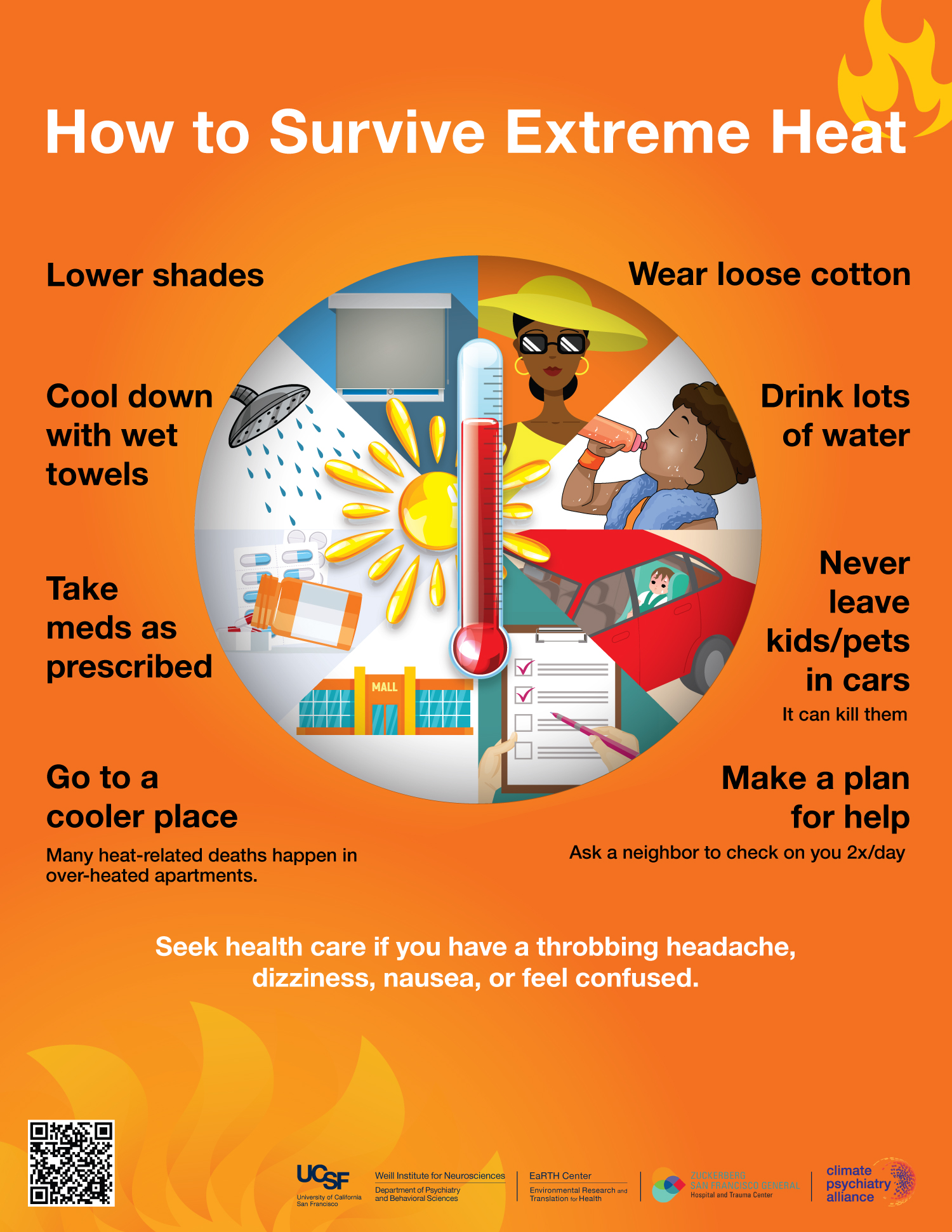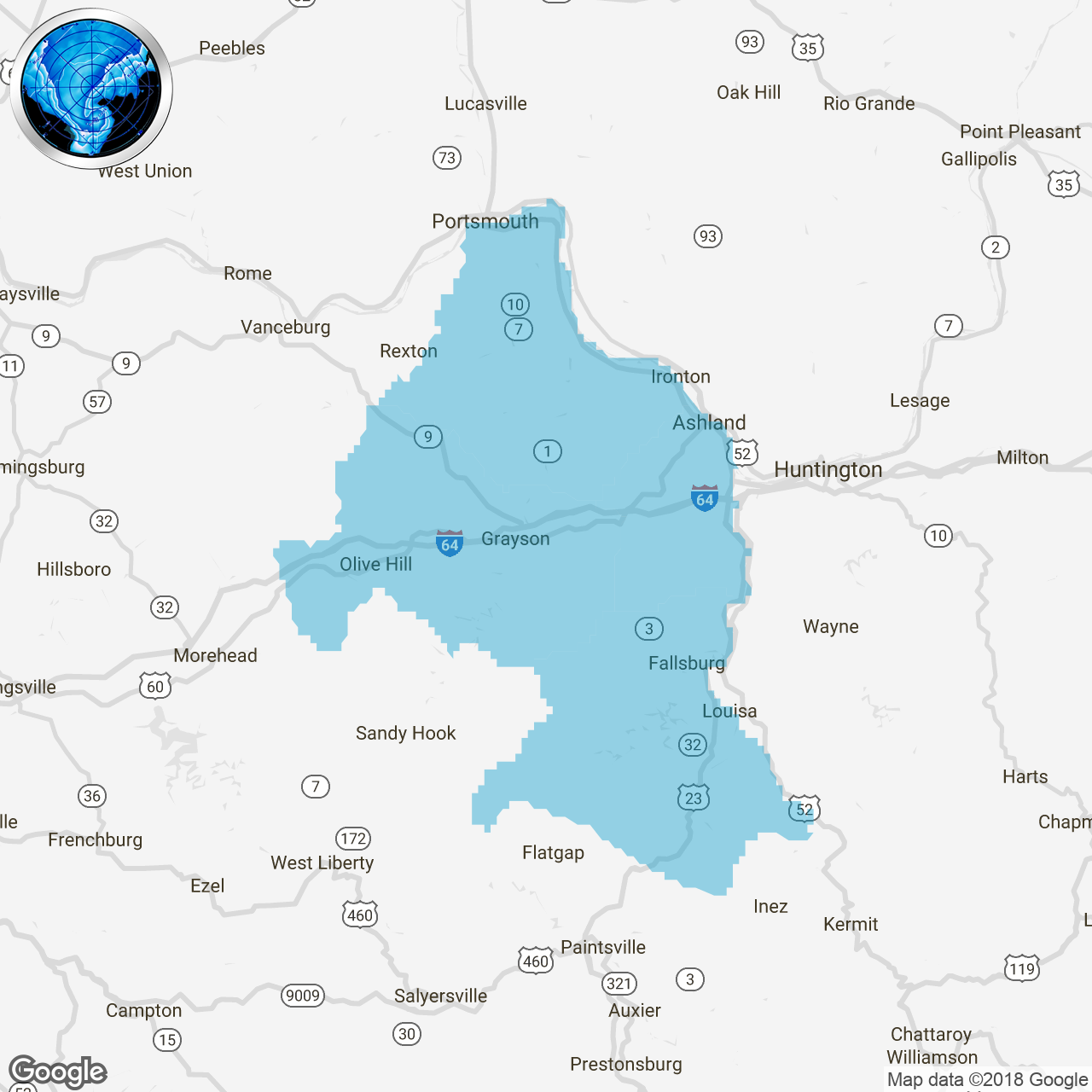Health Advisory Issued: Stay Safe During Extreme Heat

Table of Contents
Recognizing the Risks of Extreme Heat
Extreme heat significantly impacts human health, leading to various heat-related illnesses. Understanding these risks is the first step towards staying safe.
Heat Exhaustion and Heatstroke
Heat exhaustion and heatstroke are serious conditions resulting from prolonged exposure to high temperatures. The key difference lies in severity. Heat exhaustion is less severe and typically reversible with prompt treatment, while heatstroke is a life-threatening emergency requiring immediate medical attention.
-
Heat Exhaustion Symptoms:
- Heavy sweating
- Weakness
- Dizziness
- Headache
- Nausea
- Muscle cramps
- Fast heartbeat
-
Heatstroke Symptoms:
- High body temperature (above 103°F or 39.4°C)
- Confusion
- Seizures
- Loss of consciousness
- Red, hot, and dry skin (in some cases)
-
What to Do: If you suspect heat exhaustion, move to a cool place, drink plenty of fluids, and rest. For heatstroke, call emergency services immediately (911 or your local emergency number). Time is critical in heatstroke cases.
Vulnerable Populations
Certain groups are more susceptible to the dangers of extreme heat and require extra precautions.
- Elderly Individuals: Older adults often have reduced ability to regulate their body temperature, making them highly vulnerable. Regularly check on elderly neighbors and family members.
- Infants and Young Children: Their bodies heat up more quickly than adults. Never leave children unattended in vehicles, even for short periods.
- People with Chronic Illnesses: Individuals with heart conditions, respiratory problems, or kidney disease are at increased risk of heat-related complications.
- People with Mental Illness: Those with mental illnesses may not recognize or respond appropriately to the symptoms of extreme heat.
Resources are available to support vulnerable populations. Contact your local health department or social services for assistance and support during extreme heat.
Protective Measures During Extreme Heat
Taking proactive measures is crucial to minimize the risks associated with extreme heat.
Staying Hydrated
Hydration is paramount during hot weather. Drink plenty of water throughout the day, even before you feel thirsty.
- Recommended Daily Water Intake: The recommended daily water intake varies depending on individual factors, but aim for at least eight glasses of water.
- Signs of Dehydration: Dark-colored urine, dizziness, fatigue, and headache are signs of dehydration.
- Electrolyte Drinks: Electrolyte drinks can be helpful after strenuous activity or significant sweating, but they shouldn't replace plain water as your primary source of hydration. Limit sugary drinks.
Seeking Shade and Cool Environments
Limit your time outdoors during the hottest parts of the day (typically between 10 a.m. and 4 p.m.).
- Air Conditioning: If available, use air conditioning to stay cool indoors.
- Alternatives to Air Conditioning: Fans, cool showers, and damp cloths can help cool down without air conditioning. Wear light-colored, loose-fitting clothing.
Planning Outdoor Activities
Schedule outdoor activities for cooler times of the day, such as early morning or late evening.
- Reduce Strenuous Activity: Limit strenuous physical activity during the hottest parts of the day.
- Rest Breaks: Take frequent breaks in shaded or air-conditioned areas to avoid overheating.
- Recognize the Signs: Pay attention to your body. If you experience symptoms of heat exhaustion or heatstroke, take immediate action.
Resources and Further Information
Knowing where to turn for help is crucial during extreme heat events.
Emergency Contacts
- Emergency Services: Dial 911 (or your local emergency number) for immediate medical assistance.
- Local Health Department: [Insert your local health department's website and phone number here]
- Centers for Disease Control and Prevention (CDC): [Insert CDC website link here]
Weather Forecasts and Alerts
Stay informed about the weather forecast and heed any heat advisories or warnings.
- Reliable Sources: Check trusted weather sources like the National Weather Service.
- Weather Alerts: Sign up for weather alerts on your mobile device or through your local news channels.
- Understanding Warnings: Familiarize yourself with the meaning of different heat warnings (e.g., heat advisory, heat warning, heat emergency).
Conclusion
Extreme heat poses a significant threat to public health. This advisory highlights the critical importance of taking preventative measures to protect yourself and your community. By understanding the risks of heat exhaustion and heatstroke, staying hydrated, seeking cool environments, and planning outdoor activities accordingly, you can significantly reduce your risk of heat-related illness. Don't wait for the worst. Take action now to stay safe during this period of extreme heat. By understanding the risks and taking proactive measures, you can effectively mitigate the health hazards associated with excessive heat. Protect yourself and your loved ones from the dangers of dangerous heat.

Featured Posts
-
 Las Vegas Aces Win Thanks To Deja Kellys Clutch Performance
May 13, 2025
Las Vegas Aces Win Thanks To Deja Kellys Clutch Performance
May 13, 2025 -
 The Devastating Effect Of Wildfires On Rare Uk Wildlife Populations
May 13, 2025
The Devastating Effect Of Wildfires On Rare Uk Wildlife Populations
May 13, 2025 -
 I See Murder An Elsbeth Season 2 Preview Of Episode 15
May 13, 2025
I See Murder An Elsbeth Season 2 Preview Of Episode 15
May 13, 2025 -
 Sixers Nba Draft Lottery Odds How To Watch And What To Expect
May 13, 2025
Sixers Nba Draft Lottery Odds How To Watch And What To Expect
May 13, 2025 -
 Heat Advisory Issued Paso Robles Temperature Forecast And Precautions
May 13, 2025
Heat Advisory Issued Paso Robles Temperature Forecast And Precautions
May 13, 2025
Latest Posts
-
 Untapped Potential Identifying Autism And Adhd In 3 Million Brits
May 13, 2025
Untapped Potential Identifying Autism And Adhd In 3 Million Brits
May 13, 2025 -
 Understanding Earths Inferno A Look At Series 1 Episode 1
May 13, 2025
Understanding Earths Inferno A Look At Series 1 Episode 1
May 13, 2025 -
 Earth Series 1 Inferno Exploring The Volcanic Landscape
May 13, 2025
Earth Series 1 Inferno Exploring The Volcanic Landscape
May 13, 2025 -
 Japans Cherry Blossom Season Your Complete Springwatch Handbook
May 13, 2025
Japans Cherry Blossom Season Your Complete Springwatch Handbook
May 13, 2025 -
 Earth Series 1 Inferno A Comprehensive Guide
May 13, 2025
Earth Series 1 Inferno A Comprehensive Guide
May 13, 2025
